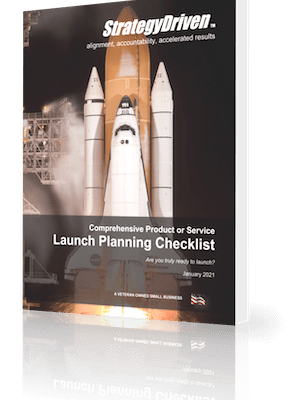The Essential Office Supply Checklist for Efficient Business Operations
Every workplace depends on small tools that keep tasks moving. Teams write, plan, file, clean, and connect devices all day. When any basic supply goes missing, simple moments take longer to complete. This interrupts routines and slows down the people who need to stay focused.
A clear plan helps prevent this. It guides what to restock and what to replace. It also enables new workers to feel prepared from the very first day. This guide walks you through the benefits of precise planning, how to select high-quality tools, and which items support calm and steady workdays.
You will see grouped lists that keep planning simple. Each part aims to help you build a setup that stays ready for busy hours.
Why an Office Supply Checklist Matters
Workplaces move faster when the basics stay within reach. A list reduces waste, since teams can see what they already have. It also lowers stress during busy moments. Workers know where to find the pens, paper, clips, and other items they use daily. A clean system helps everyone stay aligned. A few questions can guide this part:
- Do workers pause tasks to find basic tools?
- Are extra items purchased without need?
- Do new workers ask where supplies are kept?
If the answer is yes, a guide can help. It builds a stable routine that keeps teams prepared.
How to Pick the Right Quality Office Supplies
Good tools should feel steady, simple, and ready for daily use. They help people stay focused and avoid minor delays that break their concentration. Weak items create more stress than many teams realise.
When people sort through supplies for office, they see how specific tools support a smoother day. Many businesses work with providers like Best Work Supply Center to find items that match real tasks and maintain steady daily routines. These sources help teams compare tools in one place and choose items that match real tasks. They also make restocking simple, which saves time during busy weeks. A few simple checks can guide wise choices when comparing items from different suppliers:
- Does the item stay firm during use?
- Can it handle daily tasks?
- Does it work without extra effort?
- Will it keep tasks smooth?
These small checks help teams pick tools that hold up during real use. Clear choices reduce wasted orders and keep restocking simple. Strong items help maintain a steady pace at work and keep people focused during busy hours.
A Clear Checklist of Tools Every Office Needs
Below are groups of items that support precise and steady workflows. It helps teams plan what they need to build comfortable work areas.
Administrative Essentials Checklist
Teams rely on basic tools for writing, planning, and record-keeping. Helpful items include:
- Pens, markers, and highlighters
- Sticky pads and notepads
- Printer paper, envelopes, and labels
- Planners, calendars, and folders
A quick example helps. Picture a worker heading into a call. A missing pen slows them down. Small tools like these facilitate rapid action during busy periods.
Desk and Organization Checklist
Clear tables help people think better. Therefore, there are many tools that group items to maintain a calm space.
Useful items include:
- Desk organizers
- Paper trays
- Drawer dividers
- File boxes and binders
- Boards for notes
Try this simple check. Look at your table. If you cannot pick three daily items within seconds, it needs a better structure.
Technology and Equipment Checklist
Digital work relies on tools that support screens, calls, and data. Helpful examples include:
- Screen setups, keyboards, and small pointing devices
- Cables, chargers, and adapters
- Headsets and small cameras
- External storage units
- Label printers
Picture a team member on a video call. If the headset fails, the moment stops. Reliable tools reduce these breaks.
Facility and Maintenance Checklist
Clean spaces help people think clearly. Simple items maintain fresh, safe areas. These include:
- Wipes for surfaces
- Bags for waste
- Towels for quick cleanups
- Breakroom basics
- Tissues and small tools
A clean space sets the tone each morning and shapes how teams feel throughout the day.
Productivity and Well-Being Checklist
Comfort supports long hours. It helps people stay focused without strain. Useful additions include:
- Supportive chairs
- Wrist rests
- Footrests
- Lamps for clear light
- Quiet headphones
- Small plants for calm spaces
A quick question helps. Do workers feel discomfort after long tasks If yes, comfort tools can solve this fast.
Conclusion
Precise planning builds calm and steady days at work. When the right tools stay within reach, tasks move without slowdowns. Quality items reduce breaks in focus and help people stay ready for busy hours. A simple list brings order to daily routines and makes restocking easy. With the right mix of basics, comfort tools, and clean storage, any team can build a space that supports smooth work from morning to close.













Leave a Reply
Want to join the discussion?Feel free to contribute!